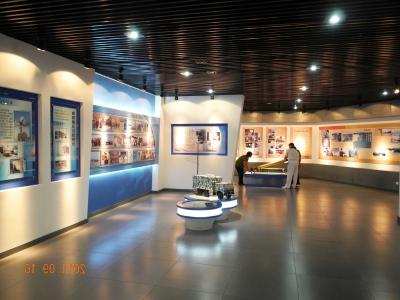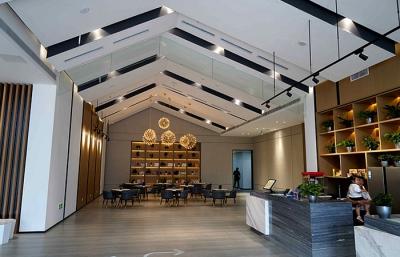
Pigeon nest gallery painting project
Painting is an important process in the decoration of ancient garden buildings,With the change of The Times,Traditional architectural decoration techniques are inevitably changing,Painting is an indispensable process in the decoration of ancient Chinese buildings,It needs to be done by a highly qualified craftsman with a legacy,Its form is beautiful,Simple craftsmanship,But the construction is difficult。Over the years, Daheng Decoration pays attention to continuous learning and absorption in the inheritance and development of traditional crafts of ancient architecture decoration, and has cultivated an excellent ancient architecture decoration construction team and accumulated a lot of construction experience, and the Beidaihe Pigeon Nest Park ancient construction corridor painting is one of them。

Beidaihe Pigeon Nest Park, also known as Eagle Point Ecological Park, is a good place to watch the sunrise on the sea, every summer morning, here gathers tens of thousands of visitors to watch the "red sun bathing the sea" wonder。 The "Sea View Corridor" is located on the northwest side of the "Eagle Kok Pavilion" and is 70 meters long。"Looking at the sea corridor" is flanked by square pavilions。According to the landform, the corridor is folded in the middle and bends again to the southeast。
The painting of the long corridor belongs to the "Soviet-style color painting", which is a decorative art form on the wooden structure houses in China。It is characterized by the formation of a package composition or square heart composition in the middle of the room, in the package and square heart are painted a variety of different themes of the picture, such as mountains, people, feathers, flowers, animals, fish and insects, etc., become the prominent part of the decoration of Su style color painting, the content of the picture depends on the painting skills to give full play to, the same theme can be written to make different pictures。
Painted columns and beams in the gallery。It is said that the drawing of the Beidaihe 24 scenes and more than 100 folk tales, legends, stories, historical figures, scenery, flowers, birds, fish and insects。





